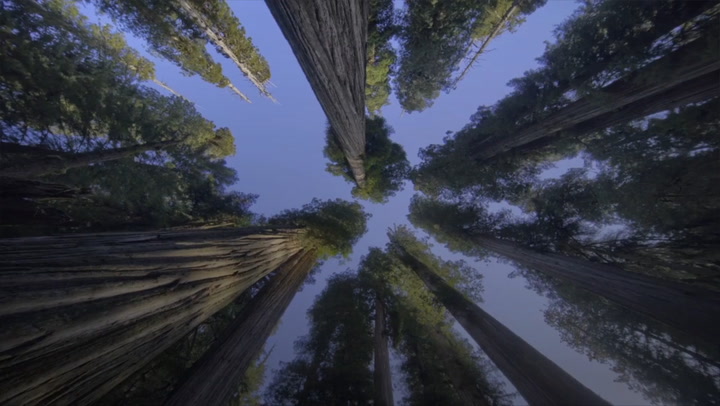Summary
Rediscovering the Wonders of Redwood National and State Parks
Walking among the world’s tallest trees is a breathtaking experience. However, the towering trees found within Redwood National and State Parks are just one of the many wonders that nature offers. Encompassing 131,983 acres, the parks are managed by both the National Park Service (NPS) and California State Parks. The diverse landscapes include grasslands, oak woodlands, and 40 miles of rugged coastline. Consequently, travelers flock to the lush Fern Canyon, made famous by “The Lost World: Jurassic Park,” and to witness the California condor, a once-extinct species that successfully returned in March 2022.

Overview of Redwood National and State Parks
With its varied landscapes, Redwood National and State Parks offer something for every outdoor enthusiast. Hikers can navigate trails that wind around ancient redwoods, and scenic drives showcase the stunning coastal views. Furthermore, the parks boast over 200 miles of trails for hiking, biking, and horseback riding, leading to remote backcountry campsites and seaside activities such as tide pooling and observing California sea lions.
Things to Do in Redwood National and State Parks
When visiting Redwood National and State Parks, two activities tend to rise above the rest: hiking the Tall Trees Trail and exploring Gold Bluffs Beach, home to Fern Canyon.
The Tall Trees Trail is a 4.5-mile round-trip hike that passes through a grove of impressively large trees in a more remote section of the park. It is considered to be moderate to strenuous. Permits are free, but they are limited and can be reserved in advance on the NPS website.

Those interested in visiting Gold Bluffs Beach and Fern Canyon between May 1 and September 30 should apply for a permit. Permits are free and available on a first-come, first-served basis here.
In addition to the parks’ renowned sites, there are numerous trails to explore. The moderately difficult Trillium Falls Trail passes through old-growth redwoods, offering a chance to spot Roosevelt elk along the nearly three-mile loop. If you wish to enjoy coastal views, the Coastal Trail begins at Crescent Beach Overlook. This 13-mile round-trip trail parallels the ocean, providing stunning vistas and access to Enderts Beach.

Redwood National and State Parks Camping
Given that there are no hotels within the parks, guests seeking a more traditional accommodation should look to neighboring communities. However, two campgrounds — Jedediah Smith and Elk Prairie — feature cabins for rent, and all four developed campgrounds — Jedediah Smith, Mill Creek, Elk Prairie, and Gold Bluffs Beach — offer tent and RV sites equipped with flush toilets and showers.
Camping at Elk Prairie and Gold Bluffs is available throughout the year, while Jedediah Smith and Mill Creek are open only during the summer months. Each campsite charges $35 per night and requires advance reservations (more information available here for Elk Prairie and Gold Bluff reservations and here for Jedediah Smith and Mill Creek reservations).
Beyond the developed campgrounds, the parks offer seven designated backcountry camps. These can be accessed on foot, by bicycle, or on horseback. All designated backcountry camps, except for the dispersed sites on Redwood Creek gravel bars, include picnic tables and food storage lockers. Most backcountry sites also offer toilets. Be aware that all backcountry campers must apply for a backcountry camping permit in advance.

When to Visit Redwood National and State Parks
The parks are open daily, year-round. Thanks to Northern California’s mild climate, visitors do not often face extreme temperatures. January typically sees the coldest weather, with average lows of 39.5 degrees Fahrenheit, while August and September are usually the warmest with highs exceeding 67 degrees.
Rain is the main deterrent when planning your visit to Redwood National and State Parks. For those hoping to enjoy a hike or a beach day, it’s best to plan your visit between May and September when rain is less likely.





